From Rajmata Gayatri Devi of Jaipur to Princess Niloufer of Hyderabad, Indian women from royal families are as celebrated for their sartorial sensibilities as they are for their social graces. Archives of their public appearances, memoirs and paintings illustrate how they often reinvented tradition to create trendsetting style statements while also embracing global influences. Whether it was Maharani Indira Devi’s love affair with Parisian chiffon or Princess Karam’s prominence in the fashion circles of London, Paris and New York; their fine fashion choices were influenced by their travels and lifestyle.
A+Co decodes the iconic style of these royal luminaries, and brings you cues on recreating their style with a little help from present-day Indian designers.
Princess Niloufer Farhat Begum of Hyderabad (1916-1989)
 Image: Salar Jung Museum & Library
Image: Salar Jung Museum & Library
Princess of the Ottoman Empire in Turkey, Niloufer Farhat Begum married the last ruling Nizam of Hyderabad and embraced both these cultures in her wardrobe. She was one of the first women to westernise the Indian sari, and had it designed by Frenchman Fernande Cicire, and then embroidered by Indian craftsmen.
 Image: Torani
Image: Torani
 Image: Varun Bahl
Image: Varun Bahl
A+Co Tip: Recreate the Begum’s penchant for contemporary imperial charm with pastel colours in silk, tulle and chiffon. Saris by Torani and Varun Bahl promise everlasting elegance.
Rajmata Gayatri Devi of Jaipur (1919-2009)
 Portrait by Vivienne, London, Museum of Art & Photography
Portrait by Vivienne, London, Museum of Art & Photography
Delicate floral prints, hand-dyed bandhani, pastel chiffons and pearl jewellery — Rajmata Gayatri Devi’s resplendent style is the stuff sartorial legends are made of. Her signature look of draping her pallu over the shoulder, and elevating her saris with puffed-sleeved blouses, is one that many aspire to even today.
 Image: Sabyasachi
Image: Sabyasachi
 Image: Mrunalini Rao
Image: Mrunalini Rao
A+Co Tip: Opt for a wispy pastel sari with a modest blouse and classic necklace. Sabyasachi Mukherjee’s hand-painted floral saris reprise the royal’s celebrated elegance. For a trendier spin, turn to Mrunalini Rao’s floral drapes.
Maharani Indira Devi of Cooch Behar (1892-1968)
 Portrait by Dorothy Wilding, Museum of Art & Photography
Portrait by Dorothy Wilding, Museum of Art & Photography
Credited for pioneering chiffon saris, Maharani Indira Devi of Cooch Behar’s trademark style statement was also inherited by her daughter Rajmata Gayatri Devi. In fact, it is said that the royal sourced chiffon fabrics during her trips to France. Her personal collection of over 100 Salvatore Ferragamo shoes is another testimony of her globally-savvy style.
 Image: Tarun Tahiliani
Image: Tarun Tahiliani
 Image: Punit Balana
Image: Punit Balana
A+Co Tip: The pastel chiffon saris by Tarun Tahiliani and Punit Balana will be a refreshing update on Maharani Indira Devi’s signature style. Pick one framed by embroidered borders. Add a sleeveless blouse to strike a balance between old-world grace and modern glamour.
Princess Karam of Kapurthala [1915-2002]
 Image: Royal Indian Portraits
Image: Royal Indian Portraits
Princess Karam was a woman of the world — she was a fixture in Parisian high society, and was often dressed by couturiers like Mainbocher and Madame Grès. In 1935, renowned Italian couturier Elsa Schiaparelli designed a collection of gowns with sari-like drapes inspired by the queen’s flair for wearing evening gowns and saris with equal elan.
 Image: Gaurav Gupta
Image: Gaurav Gupta

Image: Shloka Khialani
A+Co Tip: Princess Karam embraced her royal roots and global influences in the most fashionable way. Wearing contemporary creations with effortless ease is the key to making an impression like this princess from Punjab. Embody her iconic style in sari-gown hybrids by the likes of Shloka Khialani or Gaurav Gupta.
Sajida Sultan Begum of Pataudi in [1915-1995]
 Portrait by K. L. Sayed and Co. Palanpur by Museum of Art & Photography
Portrait by K. L. Sayed and Co. Palanpur by Museum of Art & Photography
Begum Sajida Sultan from the princely state of Bhopal was known for favouring light saris featuring gota patti and multi-strand pearl necklaces. She often punctuated her repertoire with handcrafted robes too. You may remember her wedding sharara, which she passed down to her daughter-in-law, actress Sharmila Tagore in 1962, who in turn bequeathed Kareena Kapoor Khan with. Khan wore it for her wedding to Saif Ali Khan in 2012, after having the heirloom piece restored by Ritu Kumar.
 Image: Manish Malhotra
Image: Manish Malhotra

A+Co Tip: Invest in a handcrafted sharara or gharara in antiquated embroideries like zardozi, sitara work or gold tissue accents in vibrant colours. Take your pick from heritage-inspired ensembles by RAR Studio or Manish Malhotra’s latest Ruhaaniyat collection.
Recreate the style of these yesteryear icons with our selection of traditional Indian wear on A+CO.

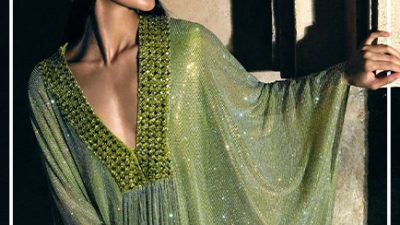
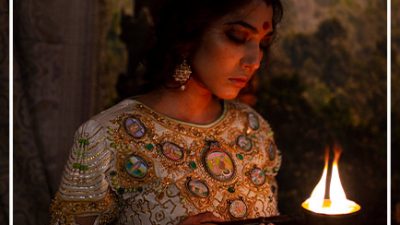
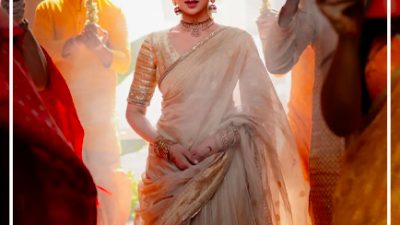
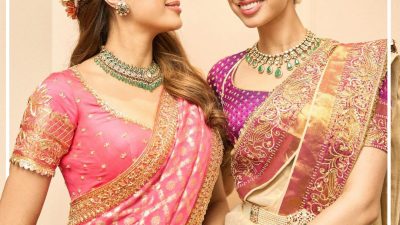
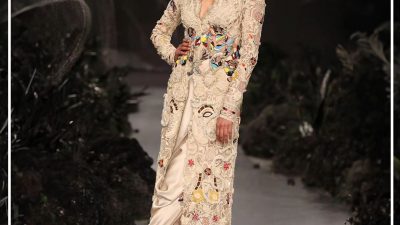
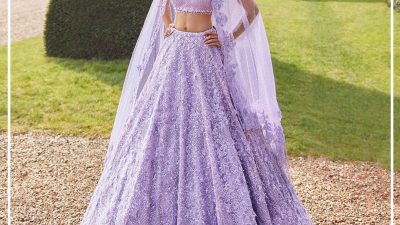
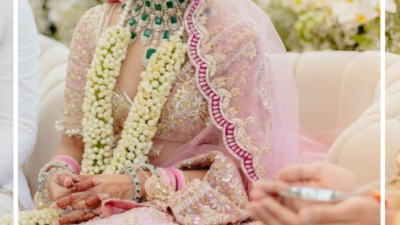
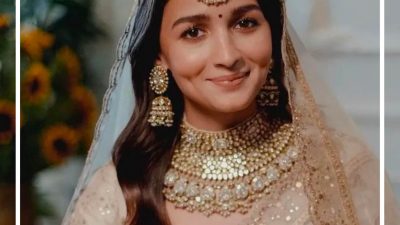
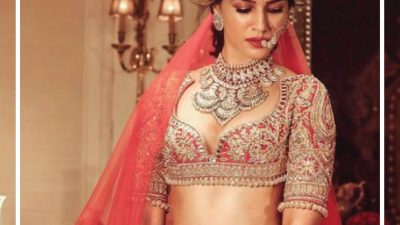

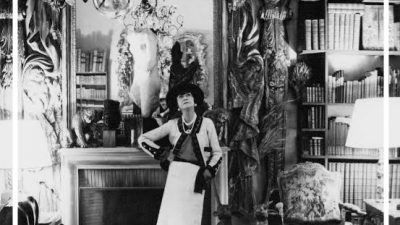
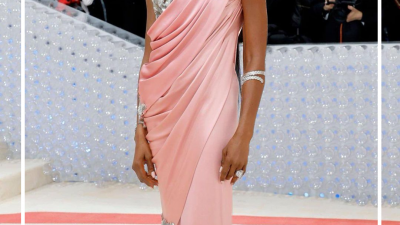

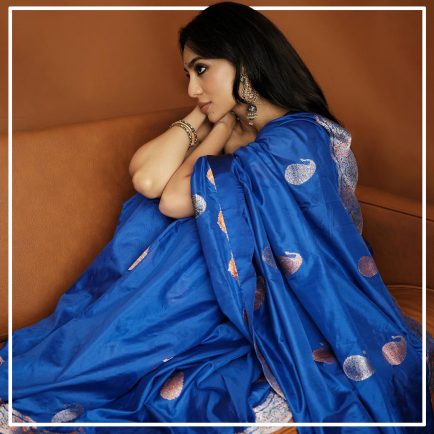
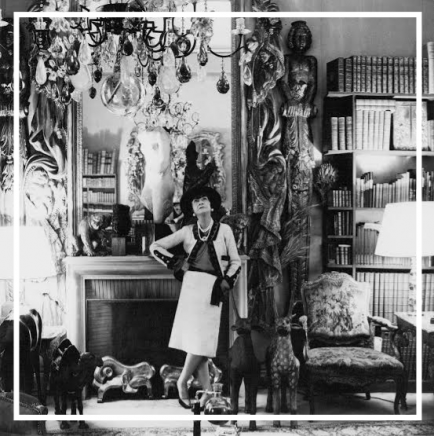
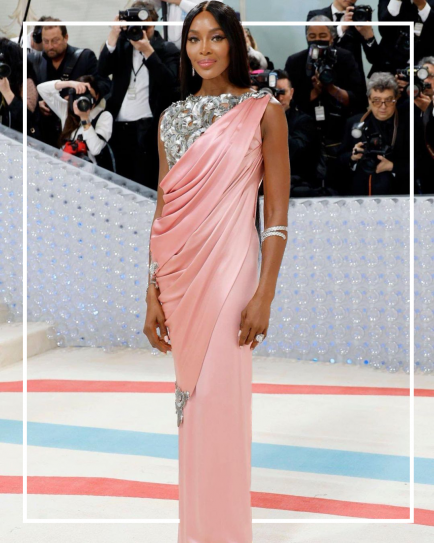
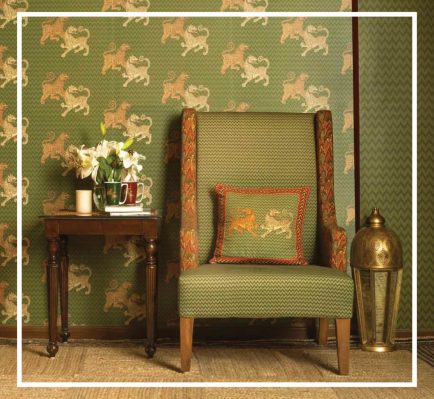


Comments